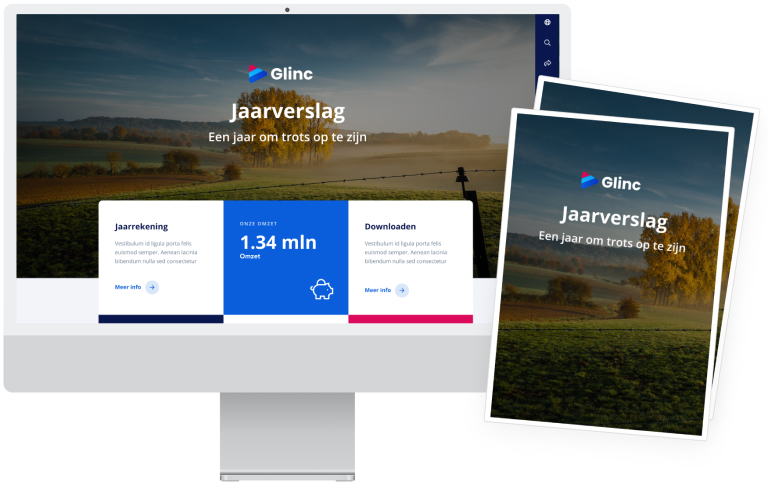Our contribution to decarbonisation
By 2030, Gasunie wants to have completed its transformation from a gas transmission company to an energy infrastructure company, and for some time now we have been expanding our activities to include heat, CO2, hydrogen and green gas. These plans are described in our Vision 2030.
Vision 2030 investments can ensure many megatonnes of avoided carbon emissions

The visual above shows the annual tonnes of emission reduction that our Vision 2030 projects will achieve, provided we are able to implement them on time and in full (and provided we are facilitated in doing so). Gasunie’s infrastructure users will then have considerably lower carbon emissions. At the same time, with the increase in the generation of electricity from solar and wind, for example, the Netherlands will be consuming less natural gas (demand reduction), which will then further reduce the total carbon emissions of our infrastructure users.
The question is, are we, with our Vision 2030 investments, doing enough to make a meaningful contribution to achieving the carbon emissions targets society would like to see met? As can be seen in the visual below, the answer is yes. The Netherlands aims to be climate-neutral by 2050. To get there, as a country the Netherlands must cut its carbon emissions every year over the coming decades: it needs to follow what’s called the National Transition Pathway (see the yellow line). However, as can be seen in the Climate and Energy Outlook published by PBL Netherlands Environmental Assessment Agency, we are lagging behind on this pathway (see the dotted line). If Gasunie were to be facilitated in implementing its Vision 2030 programme completely and without delay, we in turn would be able to facilitate the Netherlands in closing most of the gap between the Climate and Energy Outlook and the Transition Pathway. This means that, alongside Gasunie, many other parties must also make an extra effort to achieve the 2030 targets and stay on track to achieve carbon neutrality by 2050.

This effect is also visible if we extend the horizon to 2050, as shown in the visual below. To achieve climate neutrality in 2050, the country’s national carbon emissions must be steadily reduced (see the dashed line 5). If Gasunie were to be facilitated in implementing its Vision 2030 programme completely and without delay, a significant part of the task still to be completed between now and 2030 could be completed (the grey area 7) would then be between the C&EO reference scenario and the Dutch national climate target). Users of the Gasunie infrastructure will then emit considerably less CO2 (see the yellow area 7) and can even achieve climate neutrality ten years earlier than the national target date by, for example, using additional solar and wind power, which will reduce the total carbon emissions by users of our infrastructure even further. Gasunie will still have a big job ahead of it after 2030. The hydrogen system in particular will need to be expanded, and we also foresee further growth in green gas and follow-up investments in CO2 storage.

-
CO₂ emission reduction pathway
This is the CO₂ emission reduction path the Netherlands needs to take to become climate neutral by 2050. These are net emissions. With net zero emissions, there may still be natural gas consumption, for example because fossil fuel CO₂ emissions are captured (CCS). -
National emissions
The grey area represents national emissions when implementing the Vision 2030 projects. -
CO₂ footprint
This is the CO₂ footprint of the energy/gases Gasunie transports to and from parties in the Netherlands. Reduction of the scope 3 footprint is partly made possible by importers, affiliates and project partners of Gasunie. Upstream chain emissions are not included. For the reduction of the yellow level after 2030, we assume the trend in the II3050 study.

